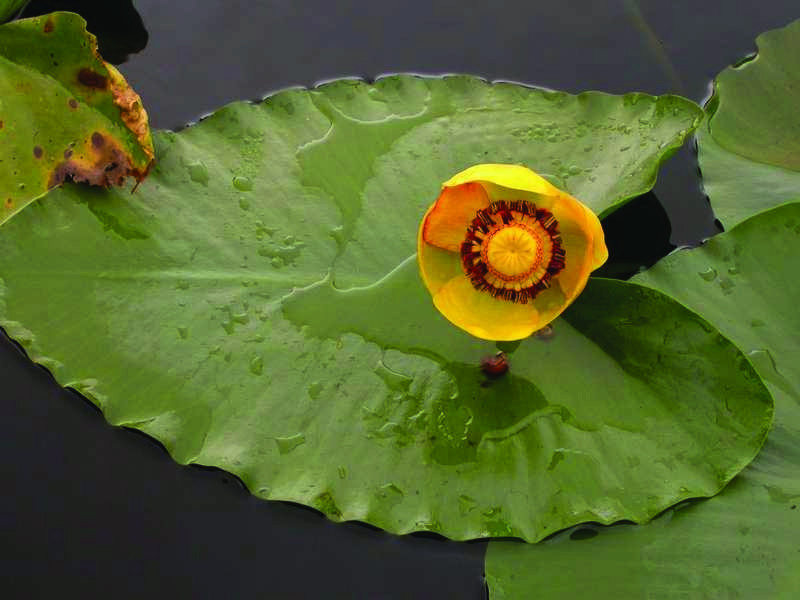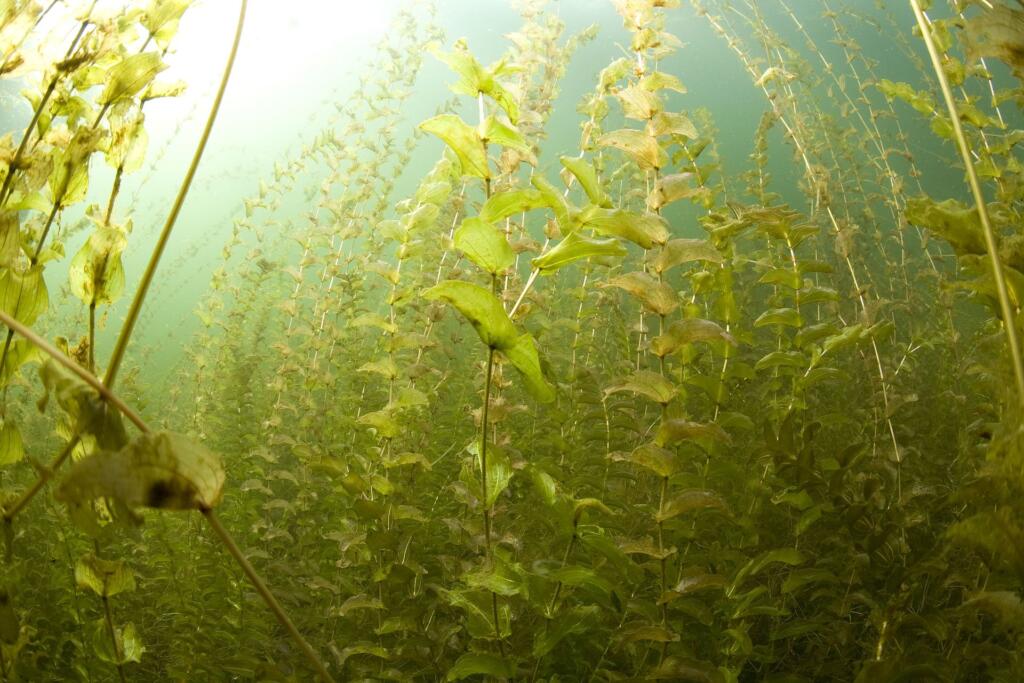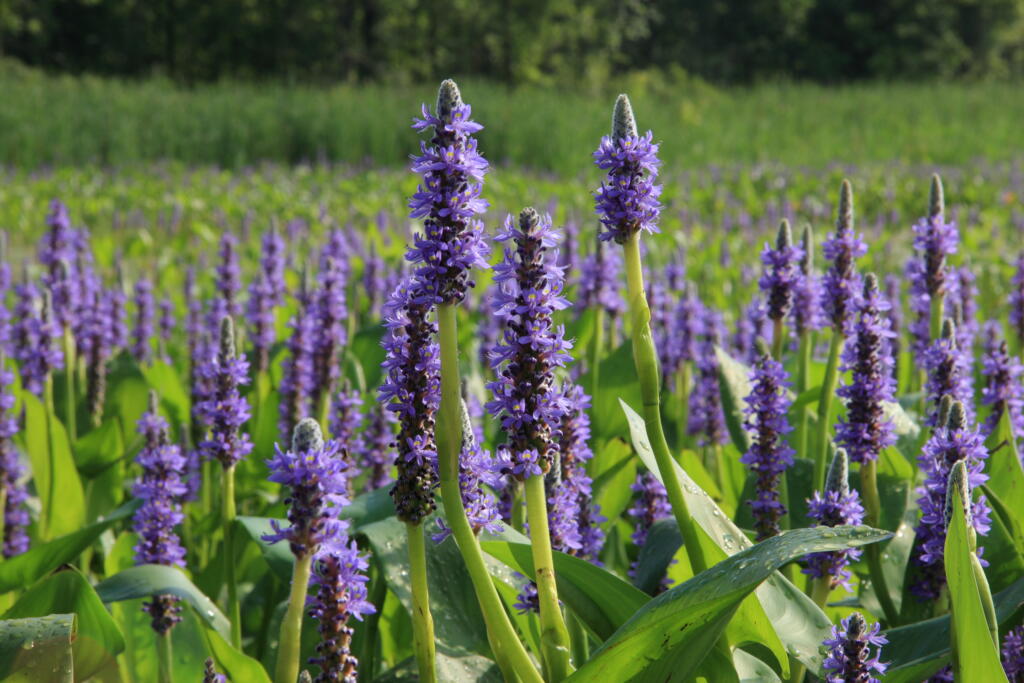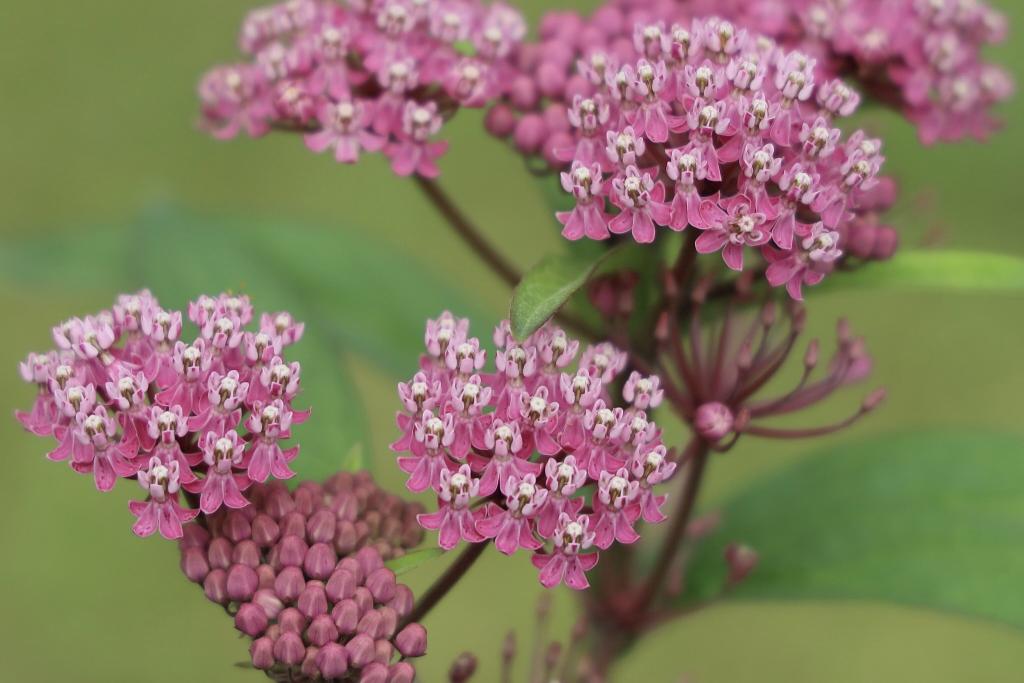
One of the biggest threats to the homeostasis of aquatic life on the lake is invasive plants. A classic example is algae blooms, which spread a thin layer across the water’s surface, blocking sunlight from the rest of the ecosystem underneath. These species spread rapidly, posing a threat to the biodiversity of native plants. However, not all lake plants pose a threat to marine life. Today, we’re taking a look at non-invasive plants that help foster a clean, healthy lake environment
Coontail

Sometimes referred to as “hornwart,” the coontail is a small dark green plant with fan-shaped leaves. This submerged perennial provides an excellent source of food for turtles, waterfowl, snails, and carp. It’s also a hiding place for smaller organisms looking to protect themselves from prey. Because coontail absorbs nutrients from the water, this plant helps to improve water clarity at your lake. Although its clingy nature makes the plant annoying for boats, it provides a host of benefits for a lake ecosystem.
Common Waterweed

The common waterweed is characterized by dark green branched leaves. Like the coontail, it grows entirely underwater and serves as a source of food and habitat for aquatic life. This submerged plant is also a source of oxygen for your lake’s ecosystem, which requires oxygen from plants to survive. Besides its functionality, the common waterweed also adds aesthetic appeal to the lake environment.
Clasping Leaved Pondweed

Like the name suggests, the clasping-leaf pondweed features wide, oval leaves that “clasp” the stem of the plant. Although it’s typically non-invasive in the wild, it is important to note that in enclosed aquariums and ponds, this plant can become invasive when no other aquatic plants are present. In a larger body of water such as a lake, the entire plant is a nutritious source of food for waterfowl, insect larvae, and fish.
Water Marigold

Contrary to its name, the water marigold is not a marigold after all. In fact, it’s in the buttercup family. But unlike your typical mental image of a buttercup, this non-invasive plant grows in wet places such as marshes, swamps, and lakes. These small flowers grow in clusters, providing ornamental beauty to any lake environment. Just be sure not to confuse the water marigold with the non-native invasive Lesser Celandine. While the latter tends to have 8+ leaves, the water marigold has 4-5.
Pickerelweed

The pickerelweed is a shallow, freshwater aquatic plant that blooms from June to November. While it stretches up to 3-4 feet tall, half of this plant is underwater. Above the water’s surface, the plant’s flowers attract bees, butterflies, and dragonflies which eat mosquito larvae. It also provides a helpful shelter for birds, fish, and frogs.
Swamp Milkweed

This slender plant with gorgeous pink flowers adds both beauty and benefit to any lake environment. Standing about 2-6 feet high, these plants tend to bloom over the summer in swamps and along other wet shorelines like lakes. Besides providing aesthetic appeal, these plants also offer food for butterflies, particularly monarchs.
If you see any of these plants growing in your lake area, take a moment to stop and appreciate the added benefit to your lake ecosystem!

